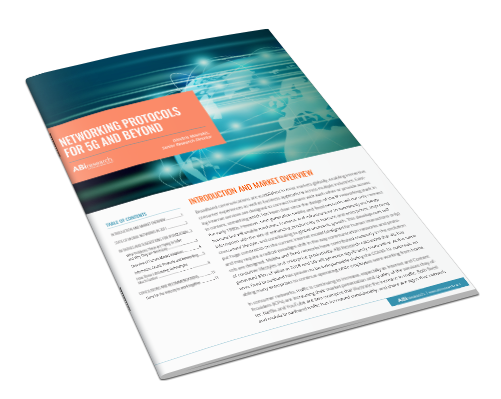Broadband communications are established in most global markets, enabling immersive consumer experiences and business applications across multiple industries. Existing Internet services are designed to connect humans with each other or provide access to content, something which has been clear since the design of the IP networking stack in the early 1980s.
However, next-generation mobile and fixed networks will not only connect humans but will enable machines, humans, and infrastructure to seamlessly exchange information with the aim of enhancing productivity of humans and enterprises, improving consumers’ lifestyles, and contributing to global economic growth.
This development will put huge constraints on the current internet model (designed for human interactions only) and may require a radical paradigm shift in the way communication networks and protocols are designed. Mobile and fixed networks have contributed massively to the evolution of consumer lifestyles and enterprise productivity. ABI Research calculates that 4G has generated $5 trillion of value in 2018 and 5G will generate significantly more. At the same time, fixed broadband has proven to be indispensable during the COVID-19 outbreak, enabling many enterprises to continue operating while employees were working from home.
Download the whitepaper to learn more.


